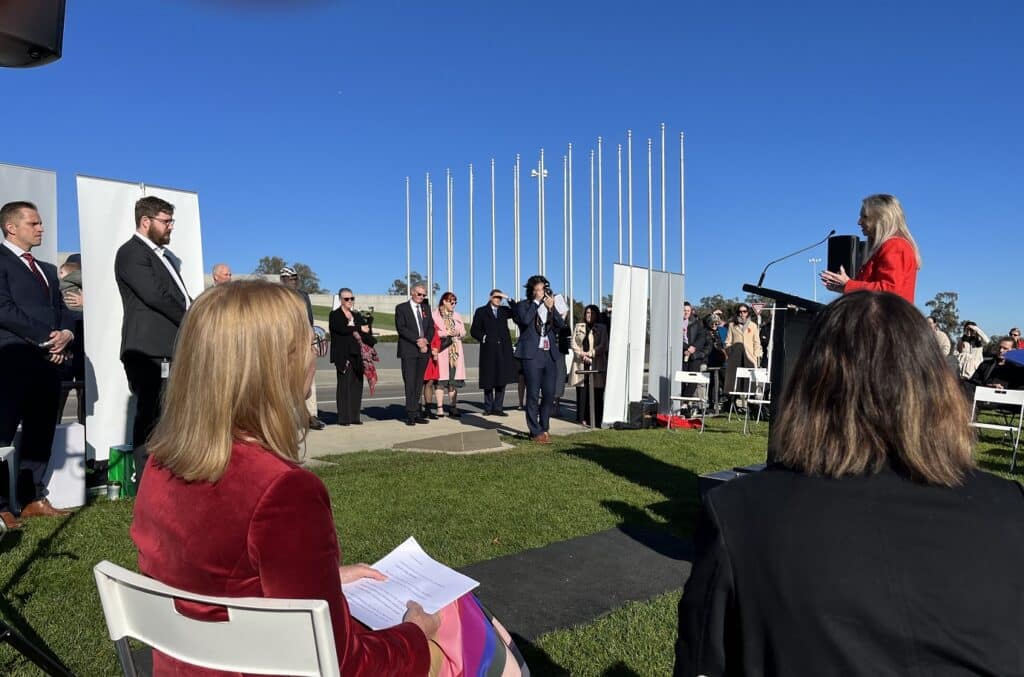Despite the stereotypes of senior community members being the only ones to live with chronic pain, it is women in the peak of their working years who are often left to suffer without much support, according to CEO of Painaustralia Giulia Jones.
“These women are not recognised, they are invisible, and we are here to see them acknowledged, respected and seen by the whole nation, and the politicians of Australia. Women are sick of being ignored by the health system that is meant to be there to support them,” Jones says.
The comments come following a rally on the steps of Parliament House earlier this month, with the Pain Foundation joining Painaustralia to call for $70 million in increased funding to ensure those living with chronic pain have access to quality healthcare.
Painaustralia is also seeking 10 allied health visits subsidised per year, as well as 10 psychology appointments per year via doubling of funding for GP Management
Active and athletic registered nurse Jacqui thought her clinical background would put her in good stead for a chronic pain management journey, after she fell on a boat, as she prepared for a sailing trip around the world alongside her husband.
“Though I found out my damaged foot wasn’t fractured based on the first scan, I was diagnosed with Chronic Regional Pain Syndrome which led me to Dr Charles Brooker and the Pain Management Research Centre,” Jacqui explains.
“The wonderful team diagnosed me straight away, and the next steps were trialling some drugs, but none of them would take away the pain. So that’s when I started the ADAPT program, and they taught me different tools to help manage this pain.”
The NSW-based Pain Foundation is involved in funding research programs and initiatives including the Pain Management Research Centre, to advance chronic pain management, and was a founding member of Painaustralia, helping to raise awareness of the plight of chronic pain sufferers.
According to Chairperson Liz Rowell, “currently only 1 out of 100 people living with chronic pain receive multidisciplinary care.”
“Whilst medication has its place, there are many progressive pain management programs which see patients working with GPs and clinicians to help them manage their pain over the longer term,” Rowell said.
According to Painaustralia’s CEO Guilia Jones, we need to ensure the systems are right so those living with chronic pain, including women, are respected and seen, whilst having access to affordable multidisciplinary pain management to allow them to recover and live a quality life.
“It is clear from the data that the most common person in Australia living with chronic pain is a woman in the peak of her working years,” she said.
“We would also like to see pain care nurses able to deliver a flexible online option for GP Practices, to ensure treatment plans can be actioned, and to ensure GPs and Pharmacy staff receive ongoing training in chronic pain multidisciplinary management.”
According to Jones, the $70 million government investment will lead to savings of $3.7 million to the health system, and $65 million in reducing absenteeism, and $203 million in improved wellbeing outcomes.
“Once chronic pain begins, whether via an accident, in remission of cancer, or even conditions such as arthritis, it is highly likely that this will be a constant in the life of sufferers, so it is time for the Australian government to recognise the epidemic and provide the necessary support,” Jones said.
For more information, visit painaustralia.org.au.


